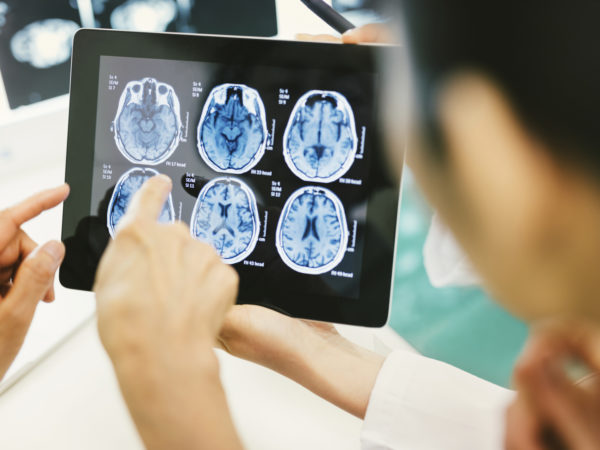Curing Phantom Limb Pain?
I had my lower leg amputated below the knee years ago due to a car accident. I still get shooting pains in my “foot” even though it no longer exists. Is there anything I can do to relieve these phantom pains?
Andrew Weil, M.D. | March 12, 2013

Phantom pain is the sensation of pain or discomfort in a body part that has been amputated. The condition affects 60 to 70 percent of new amputees and it can develop a year or more after surgery. The pain is “felt” as if it is in the missing limb itself, not in the stump of the extremity that has been removed. Over time, phantom limb pain can become less frequent and severe, but as many as 40 percent of amputees continue to suffer significantly over time. In some cases, the pain can be so severe and disabling that patients contemplate suicide.
Until recently, we didn’t know what actually caused phantom pain or what to do about it. Medical opinion was divided over whether phantom pain is psychological or stems from traumatized nerve endings in the remaining part of the limb. Either way, these theories did not lead to therapies that eased the pain. Neither did the drugs commonly prescribed – antidepressants, anticonvulsants and narcotics. Other treatments, including acupuncture, nerve stimulation, injections of pain killers or steroids, and spinal cord stimulation have not reliably relieved this kind of pain.
We now believe that phantom pain comes from the brain’s representation of the body part that is no longer there. It shows up as brain activity on magnetic resonance imaging (MRI) or positron emission tomography (PET) scans. The areas of the brain that “light up” when phantom pain occurs during these tests are the ones that once were neurologically connected to the nerves of the amputated limb.
I suggest that anyone dealing with pain from a phantom limb learn about the groundbreaking work of V.S. Ramachandran, M.D., Ph.D., a neurologist and professor at the University of California, San Diego, by reading his book, Phantoms in the Brain. Dr. Ramachandran’s approach to phantom pain is based on the idea that there’s a complete map of the body on the surface of the brain and that once an arm or leg is amputated, the corresponding area of the brain no longer receives the sensory inputs that it was accustomed to receiving. He came up with a simple, low-tech treatment that can banish phantom pain – the use of a mirror that reflects the remaining limb, so that it looks as if there are two of them. This illusion teaches the brain that both limbs are present and that nothing is wrong. As a result, the phantom pain subsides. Here, a picture may be worth 1,000 words – you can do a web search for Dr. Ramachandran’s name and watch a video of his treatment in action. The method doesn’t always work, but it succeeds in a significant number of cases.
Andrew Weil, M.D.










